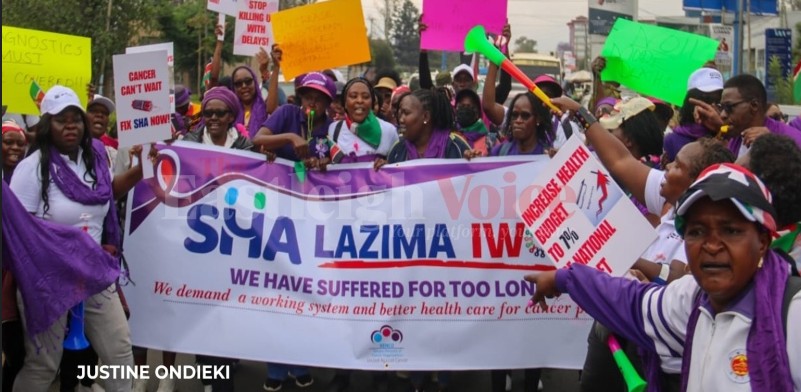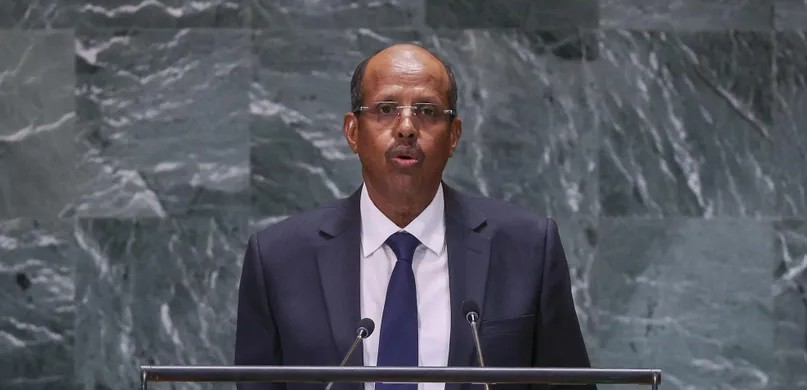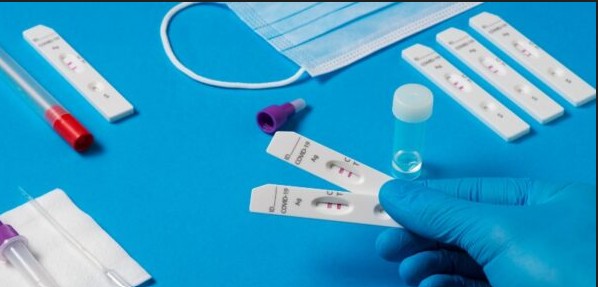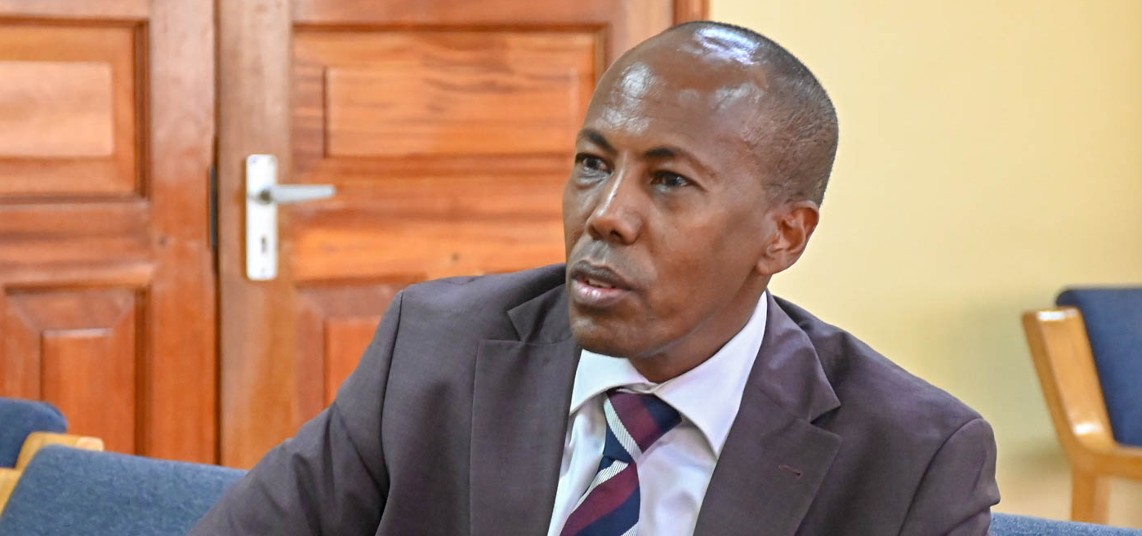Over 29,000 Kenyans die of cancer yearly as high costs force them to abandon treatment

Soaring treatment expenses leave thousands of Kenyans unable to continue cancer care, driving a sharp rise in annual deaths and highlighting the urgent need for accessible healthcare.
The Kenya Network of Cancer Organisations (KENCO) has warned that more than 29,000 Kenyans die from cancer each year, with thousands of patients struggling to continue treatment due to high costs and limited coverage under the Social Health Authority (SHA).
Speaking before the National Assembly health committee, KENCO Executive Director Phoebe Ongadi said 44,700 new cancer cases were reported in the country, although the actual figure could be higher. She emphasised the need to strengthen Kenya’s national cancer registry, noting that current data, including international estimates, may underreport the true scale of the disease.
More To Read
- Counties undermining UHC by redirecting reimbursements, Health Committee says
- Four-country study finds worrying issues with cancer drug quality in Africa
- High cost of living remains leading concern for Kenyans – Infotrak survey
- KRA misses income tax target by Sh32.1 billion after double tax reforms on housing, SHA levies
- Counties lean on hospital fees to sustain operations as unpaid claims soar
- SHA set to roll out AI-powered system to cross-check prescriptions, says Mwangangi
“Locally, we need to strengthen the national registry to collect data because I believe the Globocan data could be lower than what we have on the ground. So we also need to push for the national cancer registry to retrieve the correct data for us to come up with ideas and strategies that help us deal with the cancer,” she said.
KENCO also raised concerns about the SHA benefit package for cancer patients. According to the group, over 60 per cent of patients exhaust their coverage before the end of the year, with 35 per cent depleting it in less than three months, and 13 per cent forced to abandon treatment entirely. Families spend an average of Sh3.8 million annually to cover chemotherapy, radiotherapy, surgery, and follow-up care.
Forced to abandon treatment
Thousands of patients are reportedly forced to abandon treatment once their SHA benefits are depleted.
“SHA has increased emotional distress more than the disease itself. Cancer itself is emotionally draining, but the SHA system has made the situation worse,” said Ongadi. “Patients live in constant fear, wondering whether their treatment will be approved, when their financial year begins, or when they’ll be told to pay out of pocket. These uncertainties are causing more emotional turmoil than the disease itself.”
Ongadi also told MPs that the transition from the National Health Insurance Fund (NHIF) to SHA has introduced new hurdles for patients seeking essential treatments.
The high cost of care and depleted benefits are forcing many families to make impossible choices, leaving some patients without treatment. KENCO noted that chemotherapy, radiotherapy, surgery, and follow-up medication have turned cancer into both a medical and financial nightmare.
Comprehensive cancer care
Meanwhile, SHA has accredited 140 healthcare facilities across the public, private, and faith-based sectors to deliver comprehensive cancer care nationwide, as part of efforts to expand access to quality treatment.
Appearing before the National Assembly last Wednesday, Health CS Aden Duale stated that 33,101 patients have received care under SHA’s cancer benefit package so far.
According to the CS, the package supports patients through every stage, from diagnosis and staging to treatment and follow-up care.
“Patients have access to a full range of treatments, including surgery, chemotherapy, radiotherapy, hormonal therapy, and palliative care, all tailored to individual needs. The programme also covers essential medical supplies and equipment, such as consumables, chemo pumps and related medication,” he said.
He further explained that SHA has enhanced coverage by removing limits on treatment cycles within the annual benefit cap, ensuring fairness and flexibility.
Through the Social Health Insurance Fund (SHIF), SHA has settled Sh5.8 billion in cancer-related claims, with an additional Sh774 million currently being processed and set for payment by November 14, 2025.
“The SHA offers a comprehensive cancer care package that supports patients through every stage from diagnosis and staging to treatment and follow-up care. Patients have access to a full range of treatments, including surgery, chemotherapy, radiotherapy, hormonal therapy, and palliative care, all tailored to individual needs. The programme also covers essential medical supplies and equipment, such as consumables, chemo pumps and related medication,” he reiterated.
Top Stories Today












































